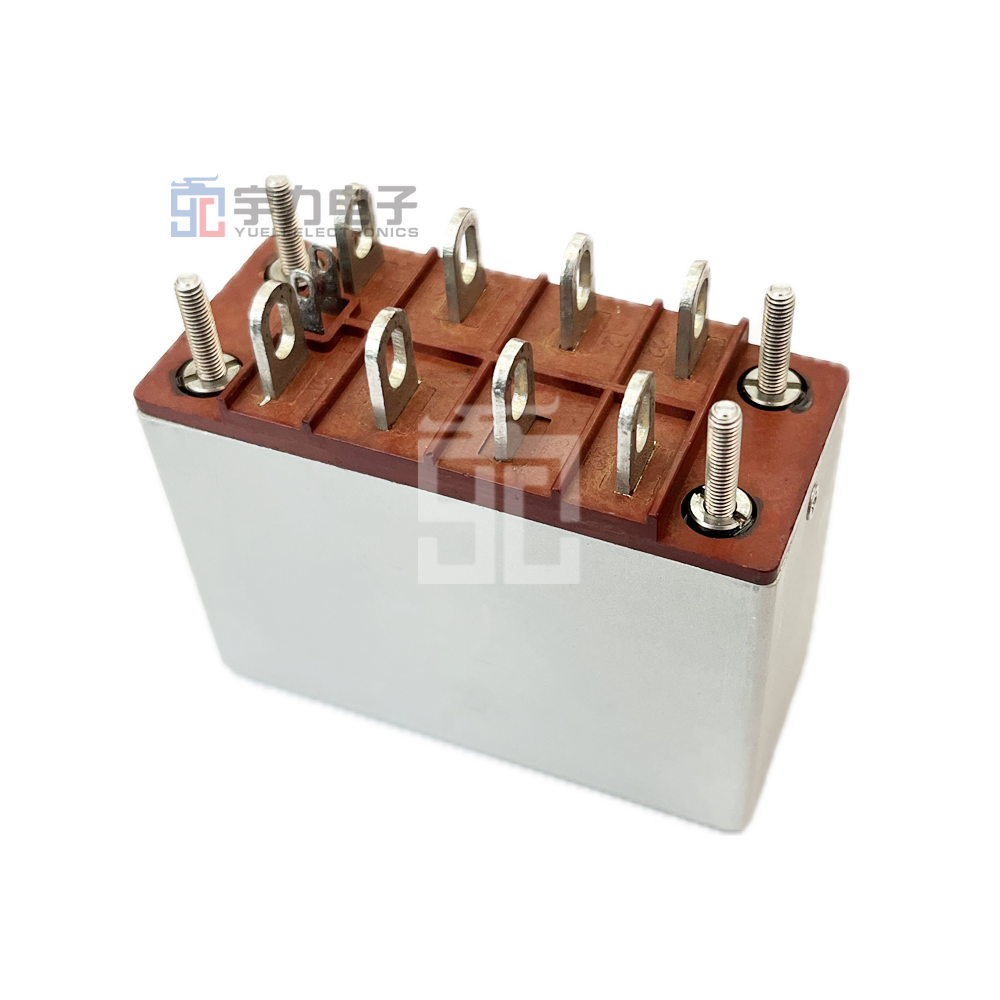Polarized Relays: A Key Component in Efficient Electrical Design
2025-07-04

Understanding Polarized Relays: The Backbone of Electrical Efficiency
Polarized relays are fundamental components in modern electrical design. Their unique operational characteristics distinguish them from traditional relays, making them indispensable in various applications. This article explores the intricacies of polarized relays and illustrates their importance in enhancing electrical efficiency.
The Basics of Polarized Relays
Polarized relays are electromechanical devices that utilize a magnetic field to control electrical circuits. They feature a polarized armature, which is influenced by a permanent magnet and an electromagnetic coil. This design allows for precise control over switching actions, enabling them to maintain their state even when the control voltage is removed.
How Polarized Relays Work
To understand how polarized relays function, we must first examine their components:
1. **Coil**: When energized, it creates a magnetic field.
2. **Armature**: A movable component influenced by magnetic fields.
3. **Contacts**: Points where electrical circuits are opened or closed.
4. **Permanent Magnet**: Provides a constant magnetic field that assists in maintaining the armature position.
When the coil is energized, the magnetic field produced interacts with the permanent magnet, moving the armature to either connect or disconnect the circuit. This ability to "remember" its position enhances circuit reliability.
The Advantages of Using Polarized Relays
Increased Reliability in Circuit Design
Polarized relays are renowned for their reliability. The permanent magnet in the relay maintains the armature position, ensuring that the circuit remains in the desired state. This feature is particularly beneficial in applications where power outages or interruptions are common.
Energy Efficiency
One of the standout benefits of polarized relays is their energy efficiency. Unlike traditional relays, which require continuous power to maintain their state, polarized relays only need power to switch states. Once the armature is in position, it remains there without additional energy consumption. This characteristic significantly reduces energy usage, making polarized relays an eco-friendly choice.
Low Heat Generation
Due to their efficient operation, polarized relays generate minimal heat compared to their counterparts. This low heat generation reduces the risk of thermal damage to nearby components, making them ideal for densely packed electrical systems.
Versatile Applications
Polarized relays are used in a variety of applications, including:
- **Automotive Systems**: Used in anti-lock braking systems and other safety features.
- **Home Appliances**: Integral to devices like refrigerators and air conditioning units.
- **Industrial Equipment**: Employed in automation systems and machinery controls.
Their versatility makes them suitable for numerous industries, enhancing the efficiency and reliability of electrical designs.
Comparing Polarized Relays to Standard Relays
Operational Differences
While both polarized and standard relays serve similar purposes, their operational methodologies differ significantly. Standard relays often require continuous voltage to maintain their position, while polarized relays depend on a permanent magnet, allowing them to "hold" their state without constant power.
Performance Factors
Performance-wise, polarized relays excel in situations requiring low power consumption and high reliability. In contrast, standard relays may be more appropriate in applications where rapid switching is needed without the requirement for holding a state.
Cost Considerations
While polarized relays may have a higher upfront cost due to their specialized design, they often provide long-term savings through reduced energy consumption and increased reliability. This cost-effectiveness makes them a smart investment for many electrical designs.
Design Considerations When Using Polarized Relays
Choosing the Right Relay
Selecting the appropriate polarized relay requires consideration of factors such as voltage ratings, current capacities, and the specific requirements of the application. It is crucial to match these specifications to ensure optimal performance.
Proper Circuit Design
Integrating polarized relays into circuit designs necessitates careful planning. Engineers must account for the relay's voltage and current specifications, ensuring that the relay can handle the load without degradation over time.
Testing and Validation
Before deploying polarized relays in critical applications, extensive testing is essential. This validation process ensures that the relays perform as expected under various operating conditions, guaranteeing reliability in real-world scenarios.
Challenges and Limitations of Polarized Relays
While polarized relays offer numerous advantages, they are not without challenges. Some limitations include:
1. **Size**: Polarized relays can be bulkier than standard relays, which may be a concern in compact designs.
2. **Sensitivity to Magnetic Fields**: External magnetic fields can affect their performance, necessitating careful placement in electrical designs.
Future Trends in Polarized Relay Technology
The future of polarized relay technology is promising, with advancements aimed at enhancing their efficiency and functionality. Innovations may include:
- **Miniaturization**: Developing smaller polarized relays suitable for ultra-compact devices.
- **Smart Features**: Integrating smart technology for remote monitoring and control.
As electrical systems become increasingly sophisticated, polarized relays are likely to evolve, maintaining their vital role in efficient electrical design.
Frequently Asked Questions (FAQs)
1. What is the primary function of polarized relays?
Polarized relays primarily control electrical circuits by using a magnetic field to switch connections, ensuring reliability and energy efficiency.
2. How do polarized relays conserve energy?
They only require power to switch states and maintain their position without continuous energy consumption.
3. Are polarized relays suitable for high-power applications?
Yes, they can be designed to handle various voltage and current ratings, making them suitable for high-power applications.
4. What industries commonly use polarized relays?
Industries such as automotive, home appliances, and industrial automation frequently utilize polarized relays for their reliability and efficiency.
5. How should I select a polarized relay for my application?
Consider factors such as voltage and current specifications, the nature of the application, and the relay's design to ensure optimal performance.
Conclusion
Polarized relays play a crucial role in efficient electrical design, offering enhanced reliability, energy efficiency, and versatility across various applications. Understanding their operational principles, advantages, and how they compare to standard relays allows engineers and designers to make informed decisions. As technology continues to evolve, polarized relays will undoubtedly remain integral to the future landscape of electrical engineering, paving the way for innovative and efficient designs. By embracing these powerful components, we can continue to push the boundaries of what is possible in electrical design.


